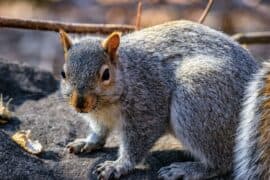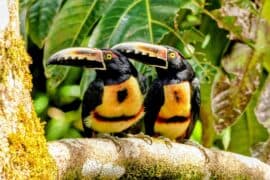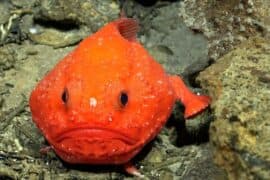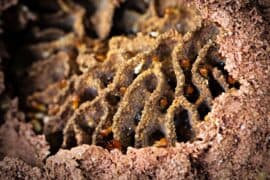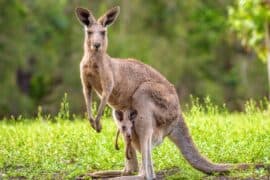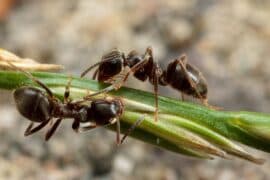House crow
(Corvus splendens)
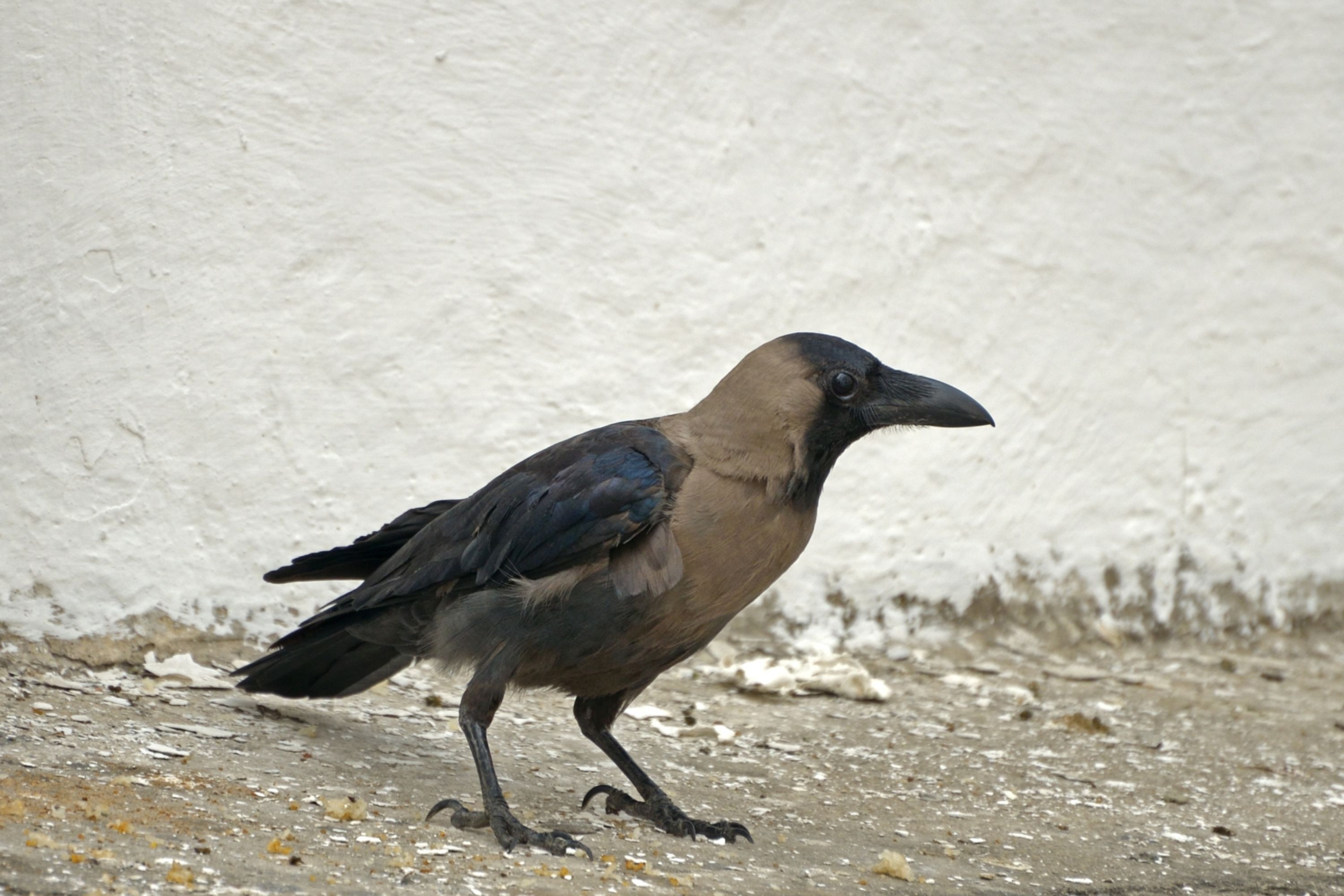
Description
The house crow (Corvus splendens), also known as the Indian, greynecked, Ceylon or Colombo crow, is a common bird of the crow family that is of Asian origin but now found in many parts of the world, where they arrived assisted by shipping. It is between the jackdaw and the carrion crow in size (40 cm (16 in) in length) but is slimmer than either. The forehead, crown, throat and upper breast are a richly glossed black, whilst the neck and breast are a lighter grey-brown in colour. The wings, tail and legs are black. There are regional variations in the thickness of the bill and the depth of colour in areas of the plumage. The nominate race C. s. splendens is found in Pakistan, India, Nepal and Bangladesh and has a grey neck collar. The subspecies C. s. zugmayeri is found in the dry parts of South Asia and Iran and has a very pale neck collar. The subspecies C. s. protegatus is found in southern India, the Maldives (sometimes separated as maledivicus) and Sri Lanka and is darker grey. C. s. insolens, found in Myanmar, is the darkest form and lacks the grey collar. It has a widespread distribution in southern Asia, being native to Nepal, Bangladesh, India, Pakistan, Sri Lanka, Maldives and Laccadive Islands, South West Thailand and coastal southern Iran. It was introduced to East Africa around Zanzibar (about 1897) and Port Sudan. It arrived in Australia via ship but has up to now been exterminated. Recently, it has made its arrival in Europe and has been breeding in the Dutch harbour town Hook of Holland since 1998. A population between 200 and 400 birds has been present in Sham Shui Po, New Kowloon, Hong Kong, in particular Lai Kok Estate and Sham Shui Po Park, as well as Kowloon Tsai Park in Kowloon Tsai. An individual has been present in Cork Harbour on the south coast of Ireland since early September 2010. In the New World, a small population of house crows is established in the area around St. Petersburg, Florida. It is associated with human settlements throughout its range, from small villages to large cities. In Singapore, there was a density of 190 birds/km2 in 2001 with efforts to suppress the population in planning. Due to a human population explosion in the areas it inhabits, this species has also proportionately multiplied. Being an omnivorous scavenger has enabled it to thrive in such circumstances.
Taxonomic tree:


